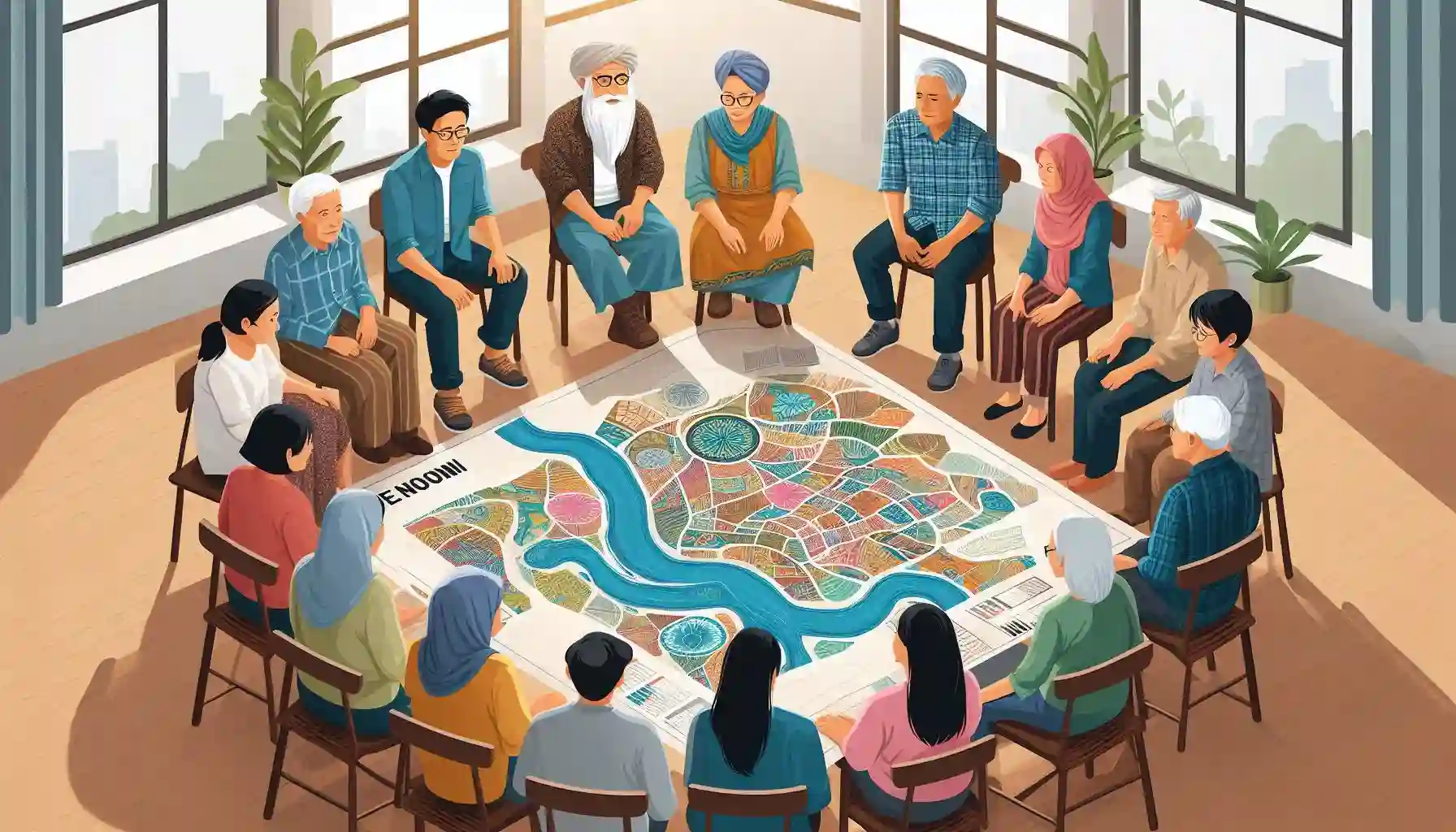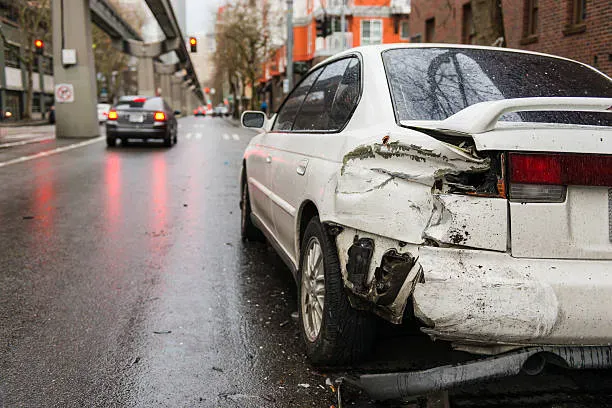Gaothan Land Act - A Comprehensive Overview
Understanding Gaothan Land
Gaothan is a Marathi term. It means the original settlement area within a village in Maharashtra, India. Gaothan land is a remnant of the state's agricultural heritage. Rapid urbanization has made its management more complex. It has increased pressure on land resources.
advertisement
The Need for Regulation: A Historical Perspective
Mumbai's urbanization is tied to the evolution of the Gaothan Land Act. The migration of rural people to cities caused haphazard growth in Gaothan areas. This resulted in overcrowding, slum formation, and inadequate infrastructure. To fix these issues and ensure fair land distribution, the government made new rules.
The Absence of a Dedicated Act
The term "Gaothan Land Act" suggests a standalone law. But no such act exists. Gaothan land's regulatory framework originates from two main sources:
- Maharashtra Regional and Town Planning Act, 1966. This law sets the basic rules for land use planning and regulation across the state. It includes provisions for Gaothan areas. It outlines permissible land uses, development controls, and the role of planning authorities.
- Maharashtra Land Revenue Code, 1966: It governs land ownership, transfer, and revenue. It has specific rules for Gaothan land. They cover inheritance, mutation, and property tax assessment. The MLRC also outlines dispute resolution mechanisms related to land ownership.
- Customary Laws and Practices: In Gaothan areas, land rights affect ownership and use. Village-rooted traditions form the basis for them. These customary norms often complement or supplement the statutory framework.
advertisement
Key Provisions Governing Gaothan Land
The regulatory regime for Gaothan land encompasses several key aspects:
- Precise identification of Gaothan boundaries precedes their distinct marking. This is essential for effective regulation. This involves surveys, mapping, and gazette notifications.
- Land Use Restrictions: Imposing land use regulations prevents haphazard development. They aim to preserve the residential character of Gaothan areas. These restrictions ban commercial and industrial pursuits within designated boundaries.
- The MLRC governs ownership transfer through sale, gift, inheritance, or partition. Yet, in rural areas, customs may affect ownership patterns.
- Development Controls: To prevent overcrowding, we limit building height, Floor Area Ratio(FAR), and other factors. This ensures enough open space. These regulations are essential for the safety and quality of life of residents.
- Redevelopment: Many structures in Gaothan areas are old and in poor condition. So, redevelopment is often necessary. The government has launched schemes to aid redevelopment. They aim to protect the rights of existing occupants. These schemes are also aimed at slum rehabilitation or redevelopment authorities' efforts.
Eligibility and Allotment of Gaothan Land
Eligibility criteria for Gaothan land allotment vary depending on the specific government scheme. Yet, common factors include:
- House: You live in the village or city with Gaothan land ownership.
- Economic Status: Income or financial criteria may target specific socioeconomic groups.
- Family Size: The number of family members can influence the allotment of land.
- Ownership History: Existing landowners in the Gaothan area may receive priority for allotment.
advertisement
The allotment process generally involves:
- Identification of Eligible Beneficiaries: Conducting surveys and verifying eligibility criteria.
- Land Acquisition or Pooling: Acquiring land for allotment or pooling land for redevelopment.
- Development Plan Preparation: Create a plan for the Gaothan area. It must cover land use, infrastructure, and resettlement.
- Allotment of Plots: Distributing land plots to eligible beneficiaries based on pre-defined criteria.
- Ownership Transfer: Executing legal documents to transfer land ownership to the allottees.
Rights and Responsibilities of Gaothan Landowners

Gaothan landowners have certain rights, including:
- Ownership and possession: the right to own and occupy the allotted land
- Development Rights: The right to construct buildings within permissible limits
- Inheritance Rights: The right to transfer ownership to legal heirs
Yet, individuals must also fulfill responsibilities in exercising these rights
advertisement
- Following land use rules: Complying with zoning and development controls.
- Payment of Property Taxes and Other Dues: Meeting financial obligations to the government.
- Maintenance of Property and Surrounding Area: Upkeep of the land and common areas.
Dispute Resolution
Disputes related to Gaothan land are common. The primary forums for dispute resolution include:
- Revenue Courts: Specialized courts dealing with land-related matters
- Civil Courts: General civil courts for disputes related to property rights and contracts
- Arbitration and mediation: alternative dispute resolution mechanisms
Conclusion
Gaothan land management is complex. It affects urban development and residents' welfare. There is no dedicated Gaothan Land Act. But, existing laws and customs regulate land use and ownership in these areas. But rapid urbanization and a need for fair growth must update the regulations.
advertisement
Frequently Asked Questions
Q. Can I buy or sell Gaothan land?
Yes, you can buy or sell Gaothan land. But, there are specific regulations and procedures to follow. Verify the property's legal status and get the necessary permissions.
Q. What are the challenges associated with Gaothan lands?
Gaothan areas often face issues. They include overcrowding, poor infrastructure, and a lack of basic amenities. Redevelopment projects can be complex due to many property owners and legal hurdles.
Q. What are the benefits of investing in Gaothan properties?
Gaothan properties can be cheaper than in other cities. But, redevelopment can raise their value a lot. There is potential for rental income from these properties.
Q. What are the risks involved in investing in Gaothan properties?
Legal and bureaucratic challenges can cause delays in redevelopment projects. There might be uncertainties about property rights and ownership. The area's infrastructure and amenities might be inadequate.
References

Written by Saksham Arora
As a third-year law student, my passion for justice and advocacy has led me to pursue a career in law. I am currently studying at Amity Law School, Noida and have been developing my legal research, writing, and analytical skills. I am committed to using my legal education to make a positive impact in society and am excited about the opportunities that lie ahead.
advertisement
Further Reading
advertisement






